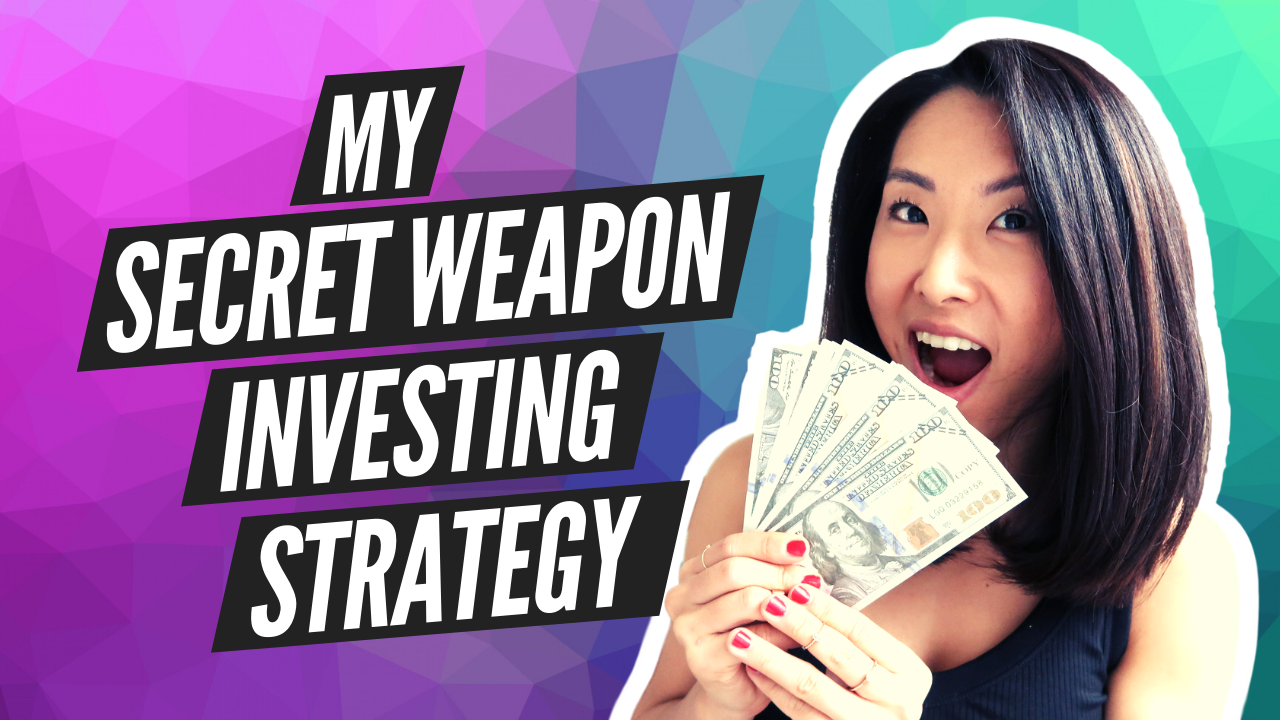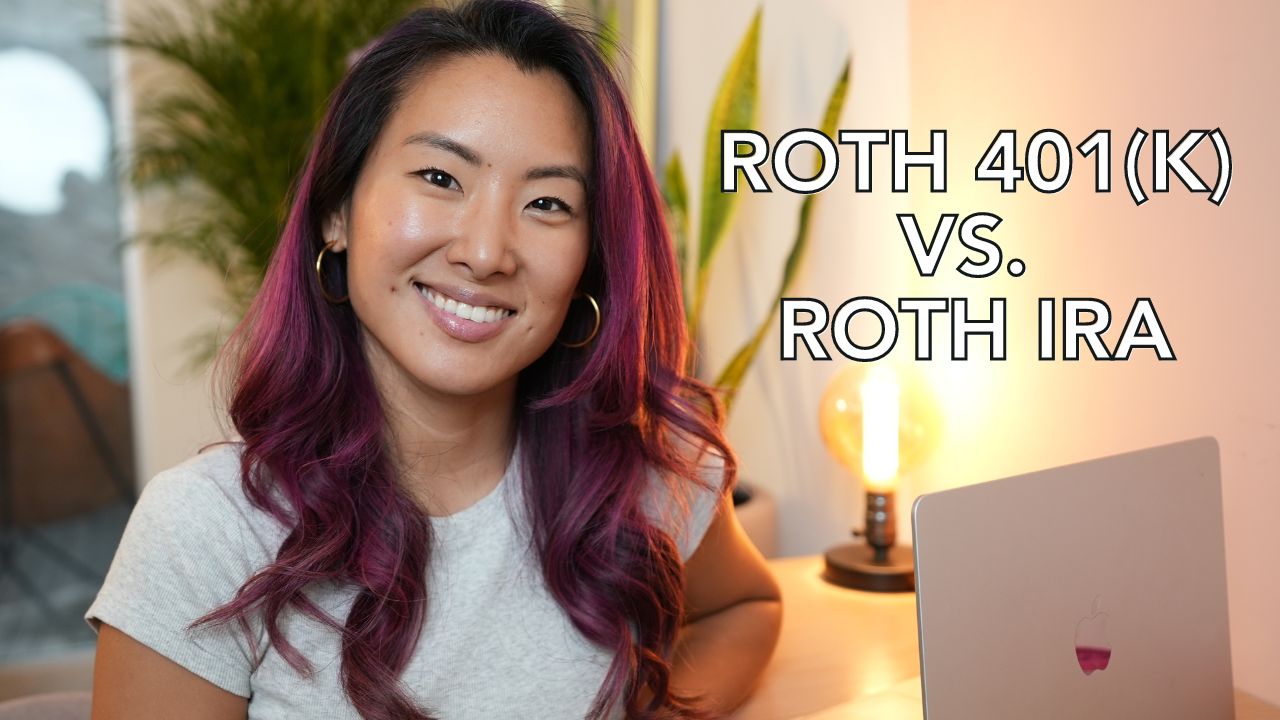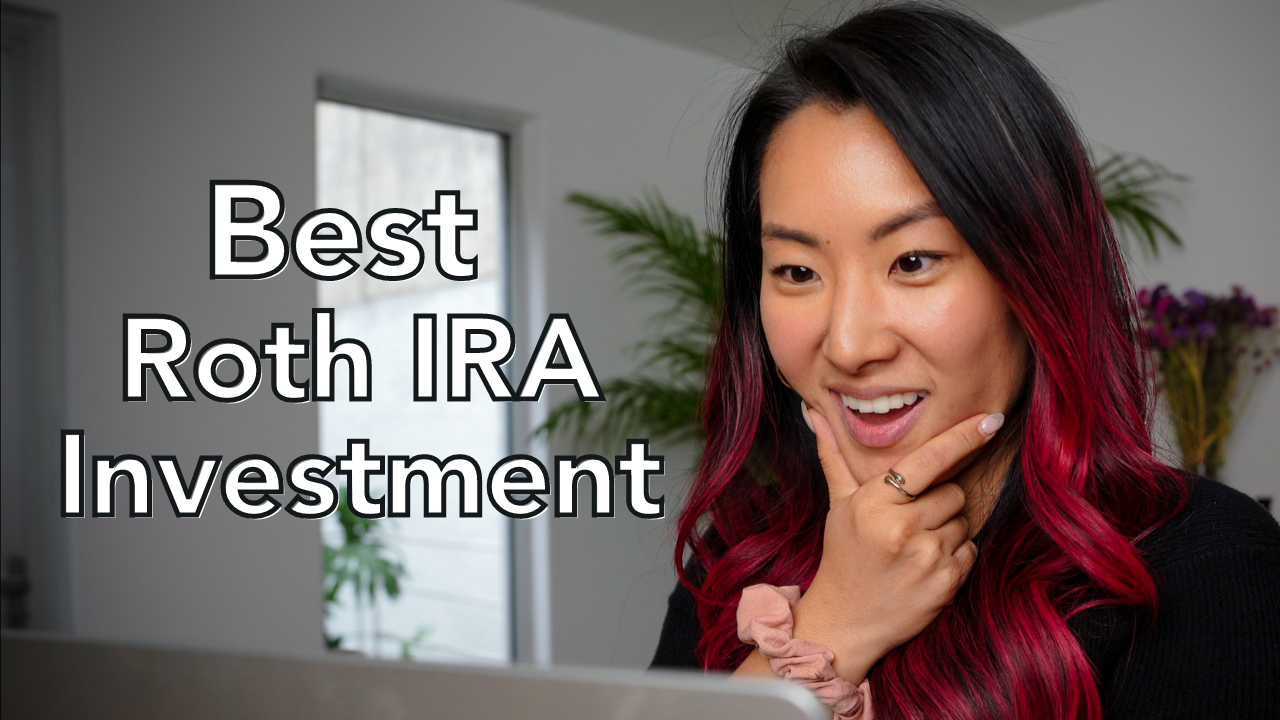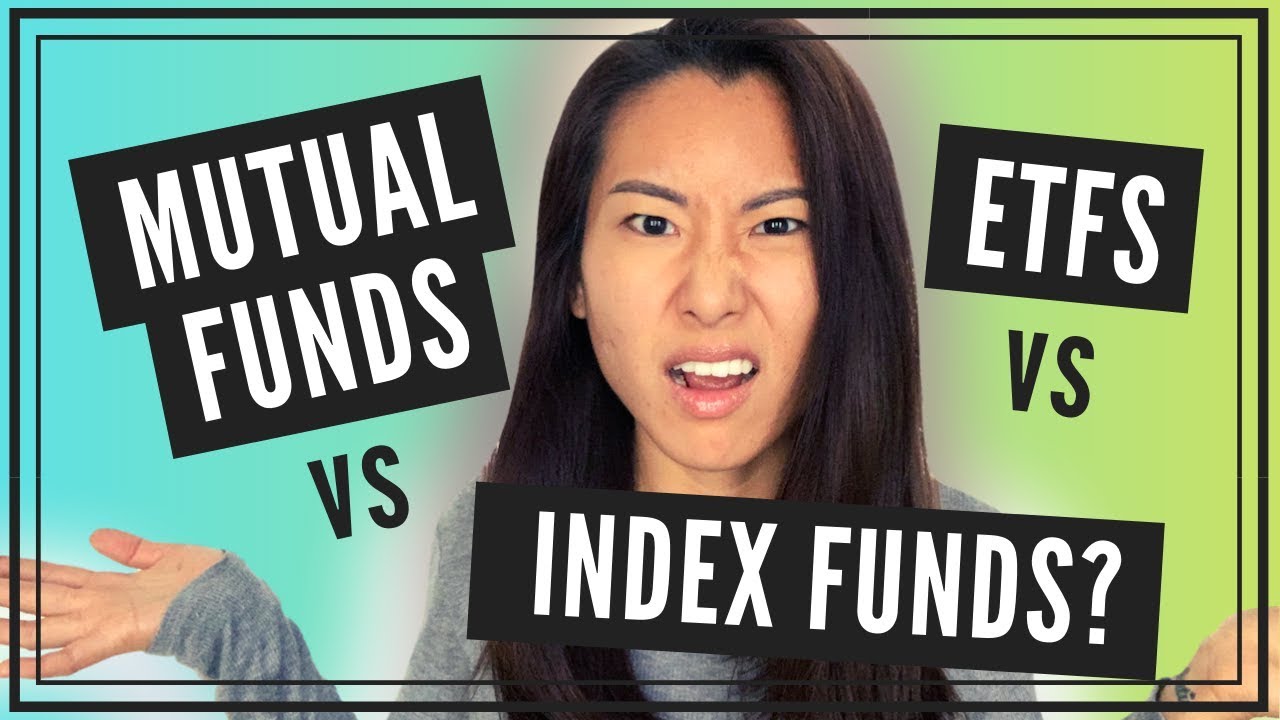Two Ways to Invest
The way I see it, you have two ways to invest: try to time the market, or just invest consistently and automatically using a dollar-cost averaging strategy.
In my previous blogs, I talked about the pros and cons of trying to time the market. Using actual historical data for the S&P 500, I made a spreadsheet that tells you how much money you would’ve ended up with if you had timed the market perfectly, vs if you hadn’t tried to time the market at all.
The results are super interesting, and I’ll give you a little summary in this article, but definitely check out this article for a deep dive into the numbers!
In that spreadsheet, I projected what would have happened if you had invested $500 a month into the S&P 500 over a 31 year period, using a dollar-cost averaging strategy.
Then, I compared that strategy to a market timing strategy, where an imaginary investor with psychic abilities timed his or her purchases with 100% accuracy, saving up money in cash, and waiting to buy stocks until after every market crash, right at the very lows of the market.
What’s super interesting is that the investor who invested using a dollar-cost averaging strategy ended up with $1,235,760.10, whereas the investor who timed the market perfectly ended up with $1,183,224.46. Not a huge difference!
So given that timing, the market isn’t possible, I would say dollar-cost averaging is the way to go. Unless of course, you actually do have the ability to see the future. In which case… we need to talk… I have some questions to ask you about what to invest in, and also about …what I’m going to eat for lunch later today.
But for now, I’m just gonna assume that you aren’t able to see that future and that you actually want to learn about dollar-cost averaging. So in this blog, I’m going to explain:
What is dollar-cost averaging?
DCA is a strategy where you invest the same dollar amount into the same stock or fund at regular intervals. This interval can be weekly, bi-weekly, monthly, quarterly – it can be whatever interval you choose. So let’s say you decide to invest $500 into the S&P 500 on the 1st of every month.
Every time you buy, you’re getting in at varying levels of the market. So the number of shares you get for $500 also varies. When the S&P 500 is high, your $500 buys fewer shares. When the S&P 500 is low, your $500 buys more shares. Over time, this reduces your average entry price per share.
For example, on Jan 2, 2019, the S&P 500 was at 2510. Then on Jul 1, 2019, the S&P 500 was at 2964.
So with the market at 2964 in July, your $500 bought fewer shares than it bought you when the market was lower back in January
Do you see what’s happening there? When the market is high, you end up buying fewer shares, and when the market is low, you end up buying more shares.
If you think about it, that’s smart right? It’s kinda like when you’re at the grocery store, and you see that something is on sale, you want to load up on it. But if something is more expensive, you tend to buy less of it.
Ironically, when it comes to the stock market, most people do the exact opposite. Right after a big drop in the market, that’s actually the cheapest time to buy stocks, but most people don’t buy anything then because it’s too scary.
We are ALL guilty of this. As much as we like to think that we’re rational beings, we’re mostly driven by our emotions. Especially when it comes to our money.
So the #1 reason why dollar-cost averaging is such an effective strategy, is because it protects us from our own emotions. This is a perfect segway into what I want to talk about next… does dollar-cost averaging work?
Does dollar-cost averaging work?
The short answer is YES, dollar cost averaging works. Starting in 1988, if you had invested $500 in the S&P 500 every month with dollar-cost averaging until 2019, you would have $1,183,224.46 today. Out of that $1,183,224.46, only $192k of that was the actual money that YOU put in. The rest was all stock market growth. Pretty crazy right?
You end up with WAY more money than you put in, so yes, dollar-cost averaging obviously “works”!
But let’s go even deeper, shall we? Let’s try to understand WHY it works.
Dollar-cost averaging is effective for 3 reasons:
- The first is that it takes emotions out of the equation. When it comes to investing, your emotions are your worst enemy. The best time to buy in the market is when it’s also the scariest time to buy. So if you invest according to your emotions, you end up chasing the market and getting nowhere. But with dollar-cost averaging, you invest like a robot, no matter what the market is doing, and that results in your average entry price improving automatically over time.
- The second reason why dollar-cost averaging is so effective is that your money has no downtime. In other words, all your money is invested at all times. Instead of parking your money in a bank account that pays nothing, your money is working for you in the stock market day in and day out. When your money is working for you in the stock market, you’re participating in all the dividends and all the growth that gets compounded over time.
- Last but not least, dollar-cost averaging works, because it’s actually doable. Unlike a strategy that requires you to time the market perfectly, dollar cost averaging is REALISTIC. Anyone with any amount of time or knowledge has what it takes to implement a dollar-cost averaging investing plan. Your 6-year old cousin can do it, your grandmother who doesn’t know how to turn on a computer can do it, heck… even my dog can do it! Besides, we’re all busy, and nobody has time to stare at stock charts all day to try to time the market. In your free time, I’m sure you’d much rather be doing things like watching my YouTube videos.
If you’re still not convinced about dollar-cost averaging, check out this extreme example:
Back in 1989, there was a huge bubble in the Japanese stock market. It peaked at almost 40,000 in December of 1989, and when the bubble burst, it crashed HARD.
If you were unlucky enough to buy right at the peak of the market, well you’re still in the red, because 30 years later the Japanese stock market STILL has yet to recover back to those levels. Scary, I know!
But, if you had followed a dollar-cost averaging strategy, just like we talked about, you would have made money. Even if you had started investing right before the crash.
Pretty cool right?
As of the recording of this video in Dec 2019, in the U.S. the stock market has been hitting all-time new highs and it’s been on the longest bull run in history.
The U.S. and Japan economies are VERY different, so I definitely don’t think the next crash is going to be like the bursting of the Japanese stock market bubble of the 1990s. But still, in market conditions like these, I think the safest way to invest is dollar-cost averaging. I wouldn’t go all-in with my money, but I wouldn’t be sitting out completely either. Instead, I would take the middle ground of dollar-cost averaging.
How to implement dollar-cost averaging?
So how do you actually do dollar-cost averaging?
This is obvious, but you first need to have a brokerage account. I always recommend either Fidelity or Vanguard, and you can check out this video right here for more info on the pros and cons of each brokerage. Once you pick a brokerage, you want to open the right type of account. For most of you, the best one to start with is a Roth IRA.
Once you have your account set up, the next step is to buy an index fund. In my example earlier, I talked about investing in the S&P 500 index. But the thing, you can’t actually invest in an index. An index is just a calculated number that people track, so to invest in the S&P 500 companies, you need to invest in an S&P 500 index fund.
I talk a lot about S&P 500 index funds, but you have a lot of different options – there’s also international stock funds, U.S. stock funds, small-cap stock funds, large-cap stock funds – the choices are endless. For more ideas on how to pick index funds, make sure to check out this video right here.
When you’re picking an index fund, you also want to make sure it’s a mutual fund vs an ETF, because ETFs don’t allow you to make automatic recurring purchases. But with mutual funds, once you buy into it, you can set up your account to automatically buy more shares of that mutual fund every month, for whatever dollar amount you decide.
So that’s pretty much it! To implement dollar-cost averaging in your portfolio, you open a brokerage account, set up a recurring monthly transfer from your checking account on the 1st of every month (or whatever makes sense for your pay schedule), and then have it buy a fixed dollar amount of your index fund. Sit back, let it run on autopilot, and sit back and collect those Benjamins.
Look, dollar-cost averaging is boring. It doesn’t make for exciting cocktail party talk, and you’re never going to be featured on the news for being a stock market genius. But it works.
Dollar-cost averaging is the best way to slowly but surely build wealth. If you choose to go that route, you’ll never find yourself obsessing about when to invest, whether to invest, how much to invest, none of this decision fatigue. Instead, you can just have your investments running on autopilot, and put your energy towards all the other things in your life that you want to pursue.






